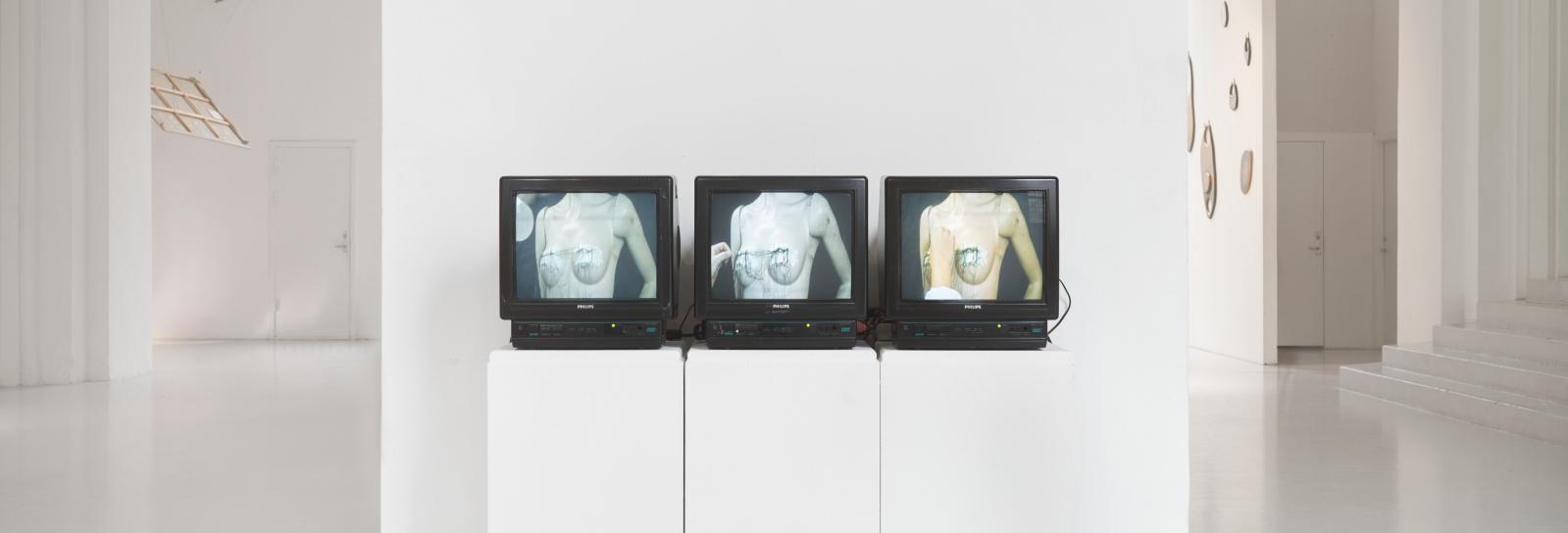The Ugly Little Sister
Fashion is art's ugly little sister. She is not big enough for the art centres or smart enough to write about in the newspapers.
In a way, it is a role assigned at birth. As a craft traditionally made by women, textile work has always been looked down upon.
But it is also self-inflicted. In the past, clothes were precious, durable items that were passed down from generation to generation, but in recent times the fashion industry has grown into a capitalist, mass-producing machine that reduces the artistic value of the craft.
Today, our understanding of fashion is about consumption. About quantity over quality. About a constant pursuit of trends. The wardrobe needs to be replaced, and there’s no such thing as too often.
Therefore, fashion has become one of the world's worst industries. It is polluting and unethical, and it exploits nature and people to such an extent that it cannot continue. It is simply not sustainable.
Despite green claims from the industry itself, the green transition of the fashion industry has not begun, and with a growing middle class in the global south, whose population numbers far exceed those in the global north, the industry's challenges seem insuperable. It is as if there are only problems and no solutions.
In these years, dejection grows, and designers try to escape the fast pace of fashion to seek art instead. Because in art, there is hope. There is room for other deeper stories. Slowness. To work conceptually rather than commercially. There is room for life. Human values, social relations. Memories and dreams and most importantly: you can ask questions.
What is fashion really?
For many years, we have forgotten to ask ourselves and each other that question.
We have been used to a top-down fashion world that has dictated downwards. But inspiration rarely comes from above. It comes from underground, where also more sustainable understandings of fashion exist.
The exhibiting artists show us that preserving something old can be a valuable memory of the past. That textile craft is the concretisation of the historical heritage from mother to daughter over millennia. That the narcissistic self-worship of the middle class has failed.
And they ask us how we can form new and better communities. Nature-based and more including communities. Fashion is colourful and diverse and bigger than Europe and the West. In many places in the world, it is even more sustainable.
The connection to fashion and textile will be more evident in some works than others, but that’s secondary – or a point in itself – because fashion needs new ways of expression.
Perhaps, it is precisely in art that fashion belongs, and many of the fashion industry's solutions must be found. If we insist, fashion is art.
In fact, it is the art form that has the biggest reach and engages most people. Fashion is accessible and everybody thinks about what to wear when they get up in the morning. A reach that traditional art must squint at enviously.
Super High End Underground invites the ugly little sister to the party – and it's about time. Because when we let her into the world of art and give her room for exploration – and to ask questions – it will turn out that she is not as ugly as we might think.
About Mikkel Lind Sorgenfrey
Mikkel Lind Sorgenfrey has a degree in journalism from the University of Southern Denmark and covers fashion, art and culture. He also teaches fashion journalism and gives lectures on the fashion industry.
